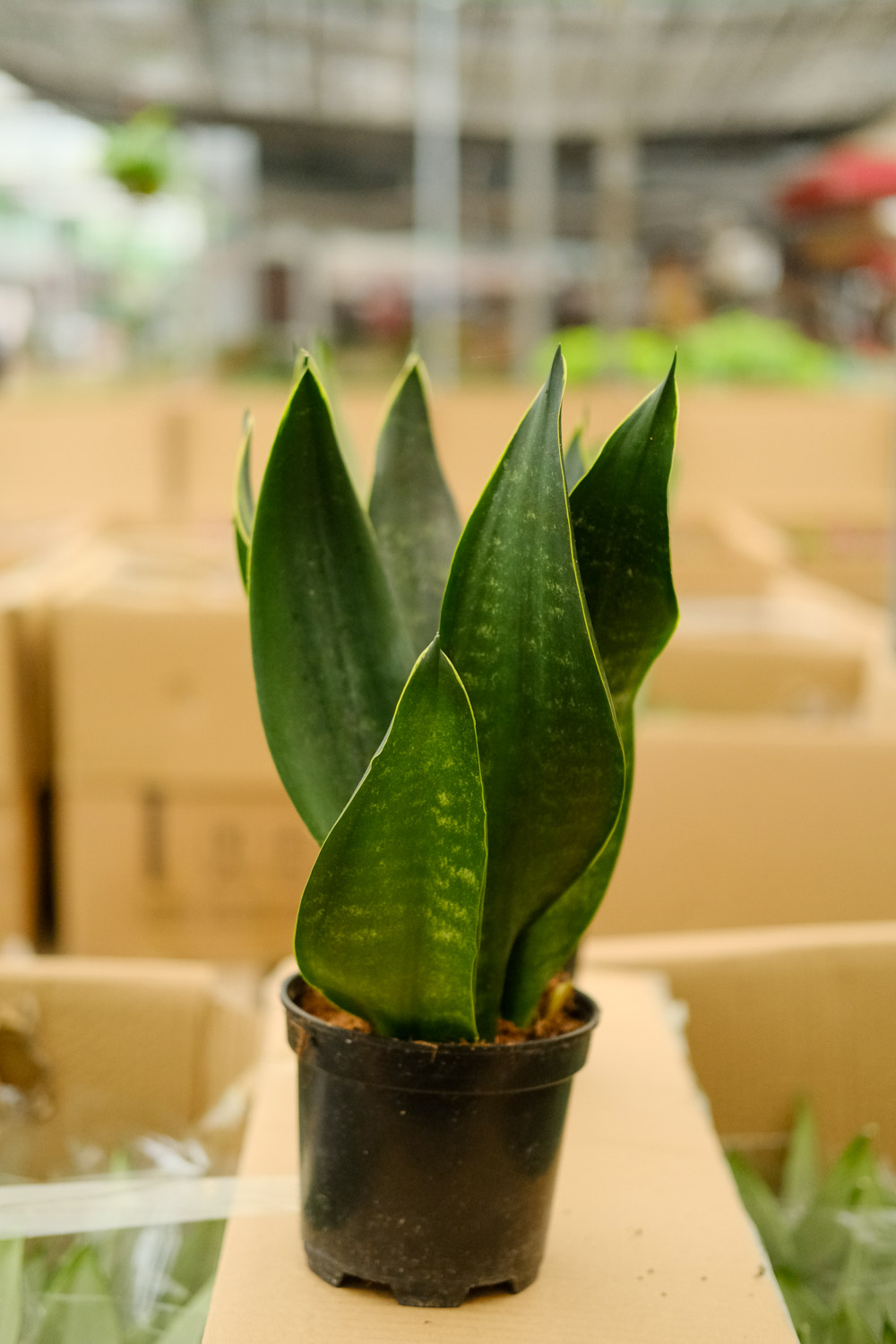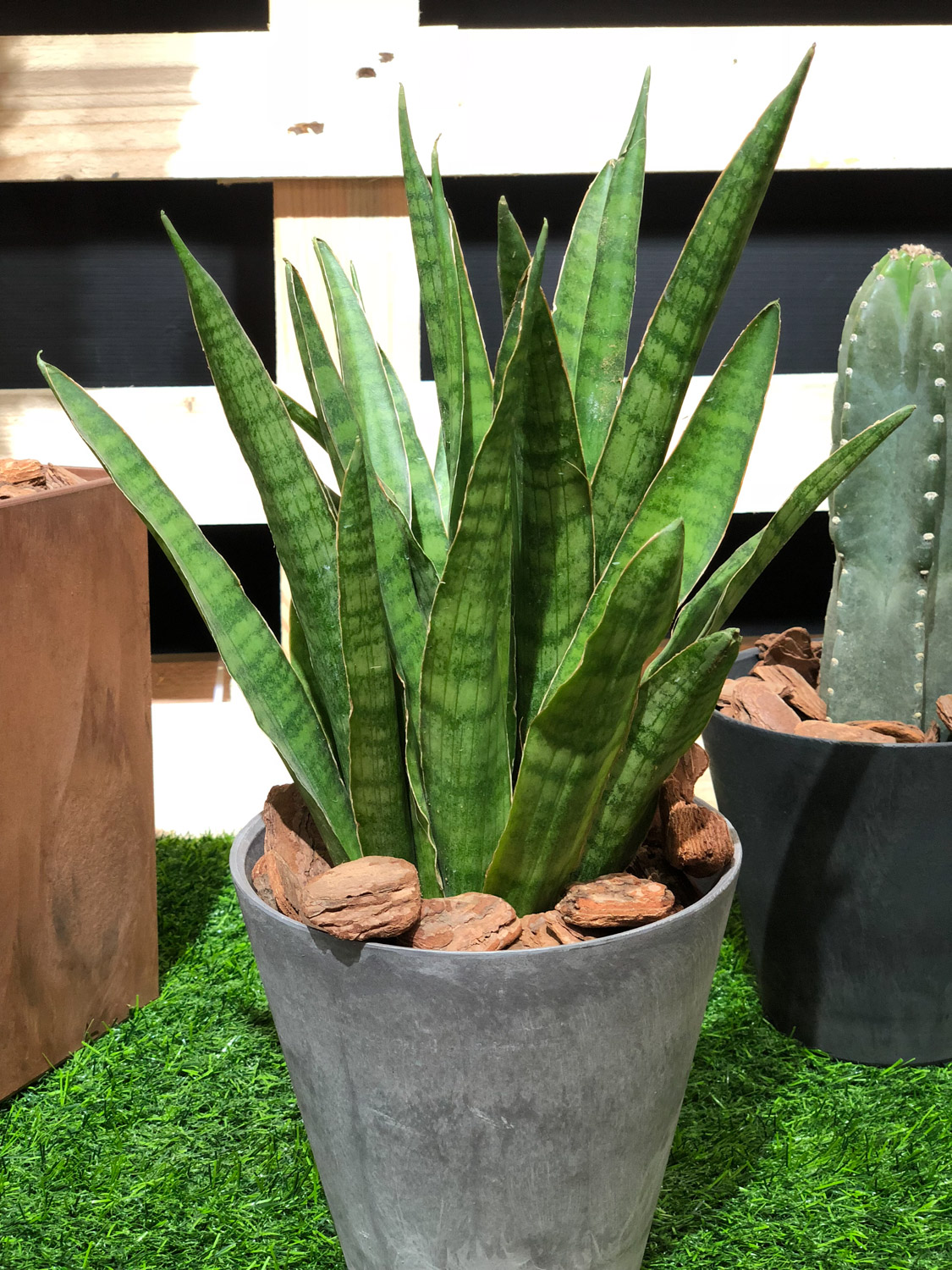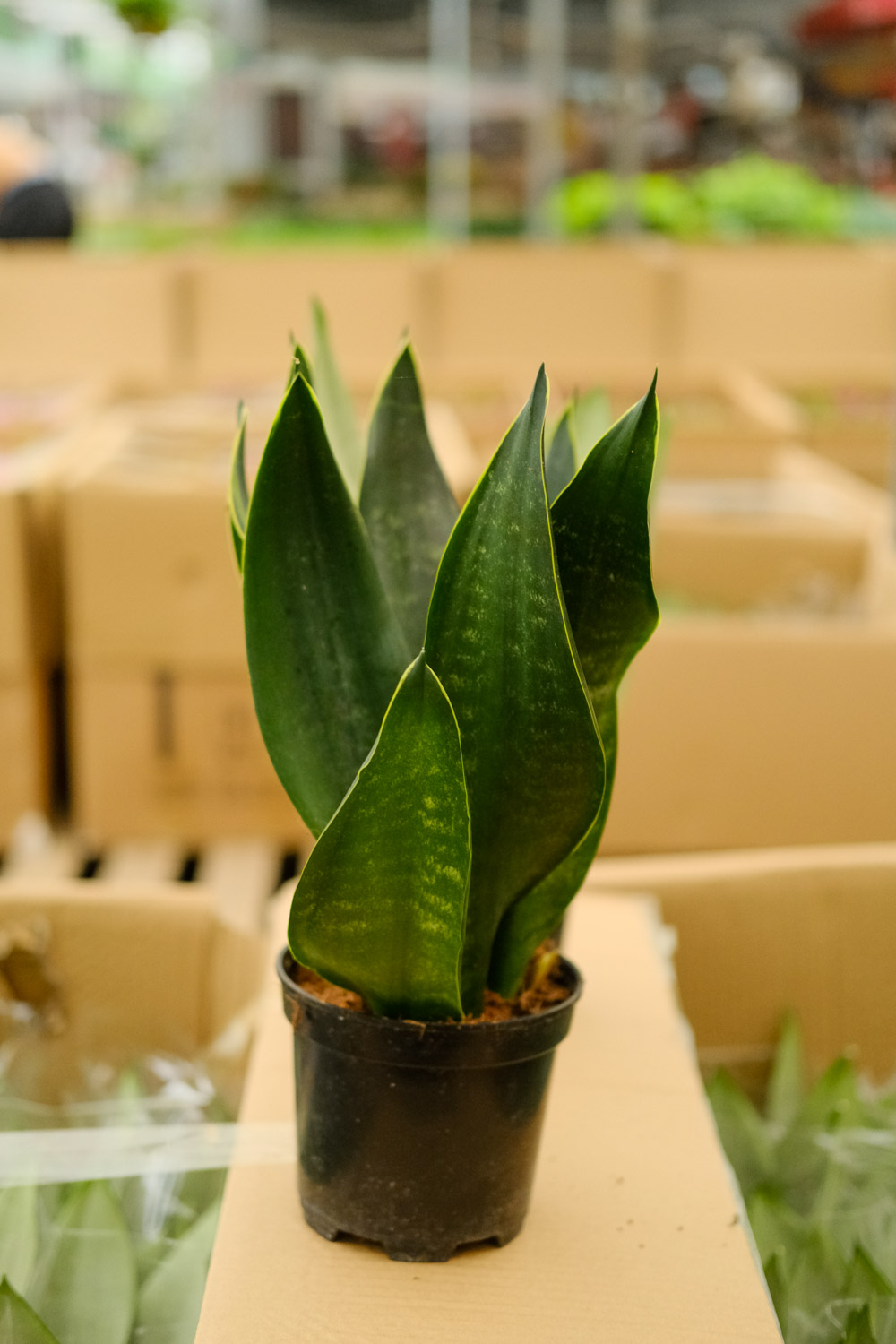1、 Breeding environment
1. Soil: hupilan likes loose, fertile and well drained soil
2. Watering: when new buds grow, they need a lot of water to keep the soil moist; After the leaves grow, the soil is wet and slightly dry, and watering can be done after the basin soil surface is dry; When the temperature is relatively low in winter, keep the basin soil slightly dry, and don't water too much to avoid decay
3. Fertilization: tiger skin orchid needs an appropriate amount of fertilizer during the growth period, and thin cake fertilizer and water can be applied once every 10-15 days
4. Illumination: with sufficient sunlight, hupilan can grow better. In high temperature season, it should be moved to the astigmatism. In other times, it should receive sufficient illumination. Pay attention not to put it in the place with strong sunlight for a long time, which is easy to burn the leaves

2、 Breeding method
1. Separate propagation: separate propagation shall be carried out when changing pots in spring. It can be planted separately according to 3-5 leaves as a cluster
2. Cutting propagation: take off the fresh and healthy leaves, dry them, insert them into the matrix and put them in a dark place. The light should not be too strong. Pay attention to ventilation and ensure sufficient moisture. However, the basin soil is slightly wet

3、 Common diseases and insect pests
1. Rot disease: there will be disease spots when it occurs, and the leaves will become dry and sunken when it occurs seriously. After finding it, clean up the diseased leaves in time, and it is best to change the pot soil again; Or spray it with multi bacteria medicine, once a week or so
2. Scale insect: it is not easy to be found in the early stage of the disease. In severe cases, there will be white bulges on the leaves. It can be easily sprayed with oxyguole, once every 7-10 days


 how many times do yo...
how many times do yo... how many planted tre...
how many planted tre... how many pine trees ...
how many pine trees ... how many pecan trees...
how many pecan trees... how many plants comp...
how many plants comp... how many plants can ...
how many plants can ... how many plants and ...
how many plants and ... how many pepper plan...
how many pepper plan...




























